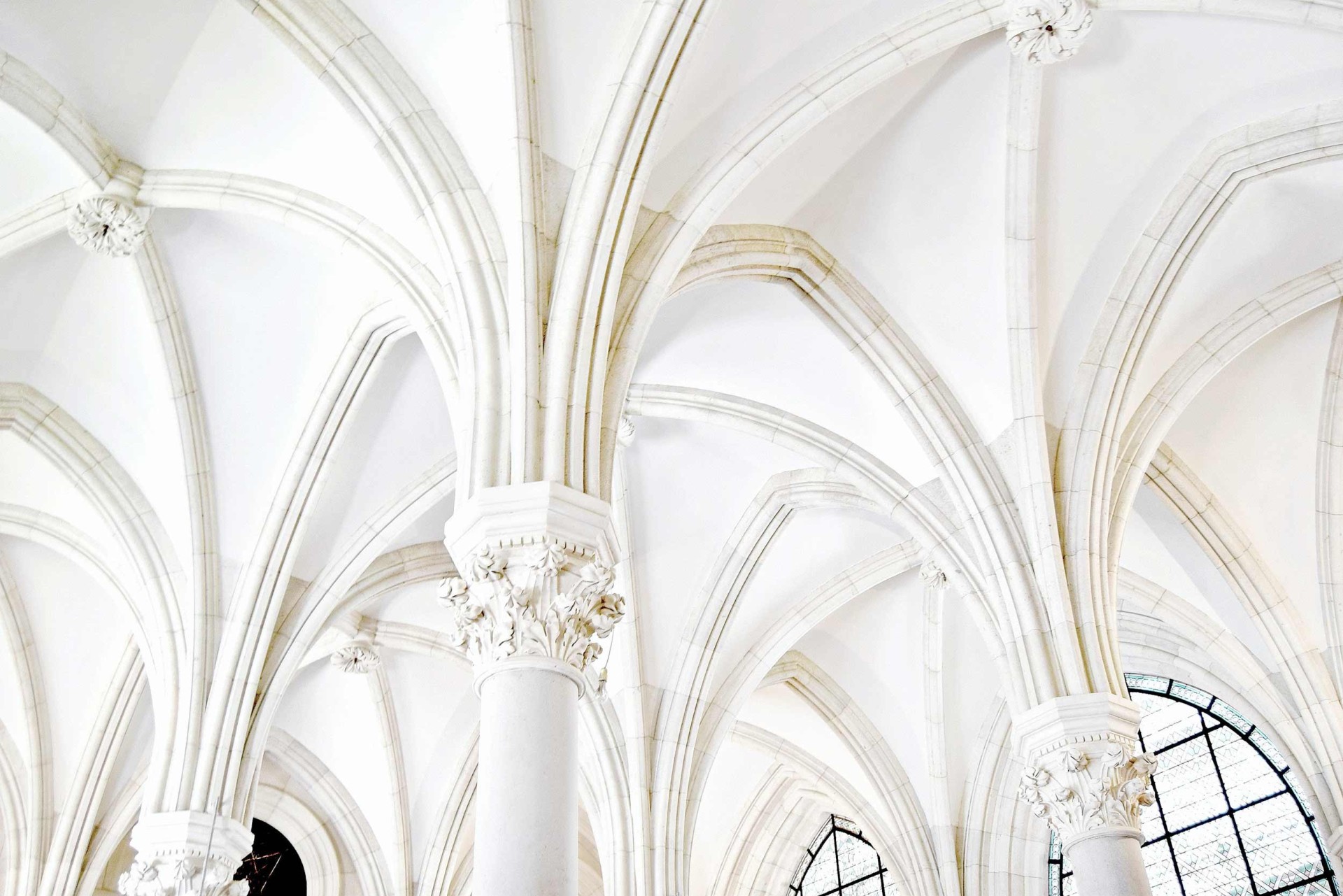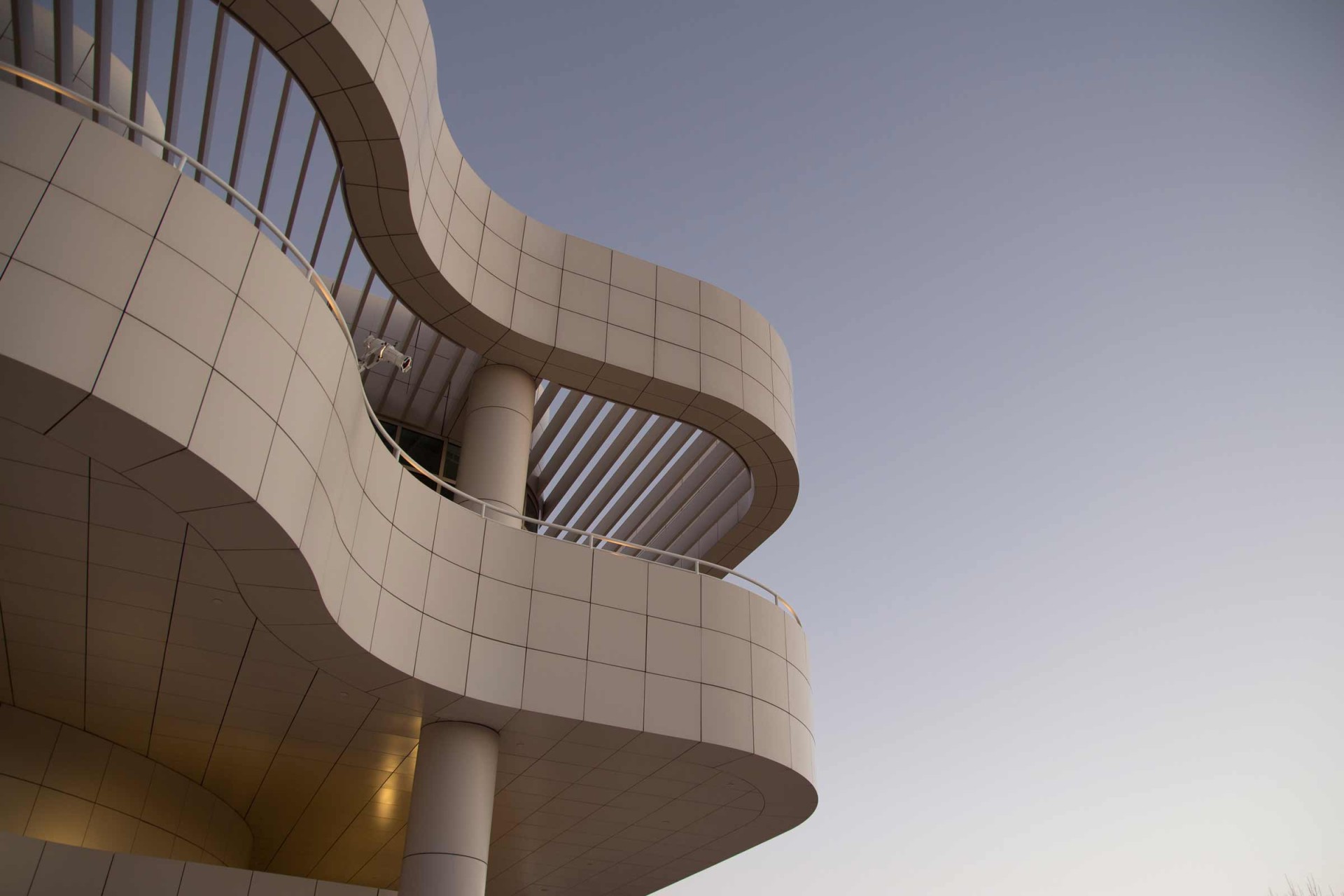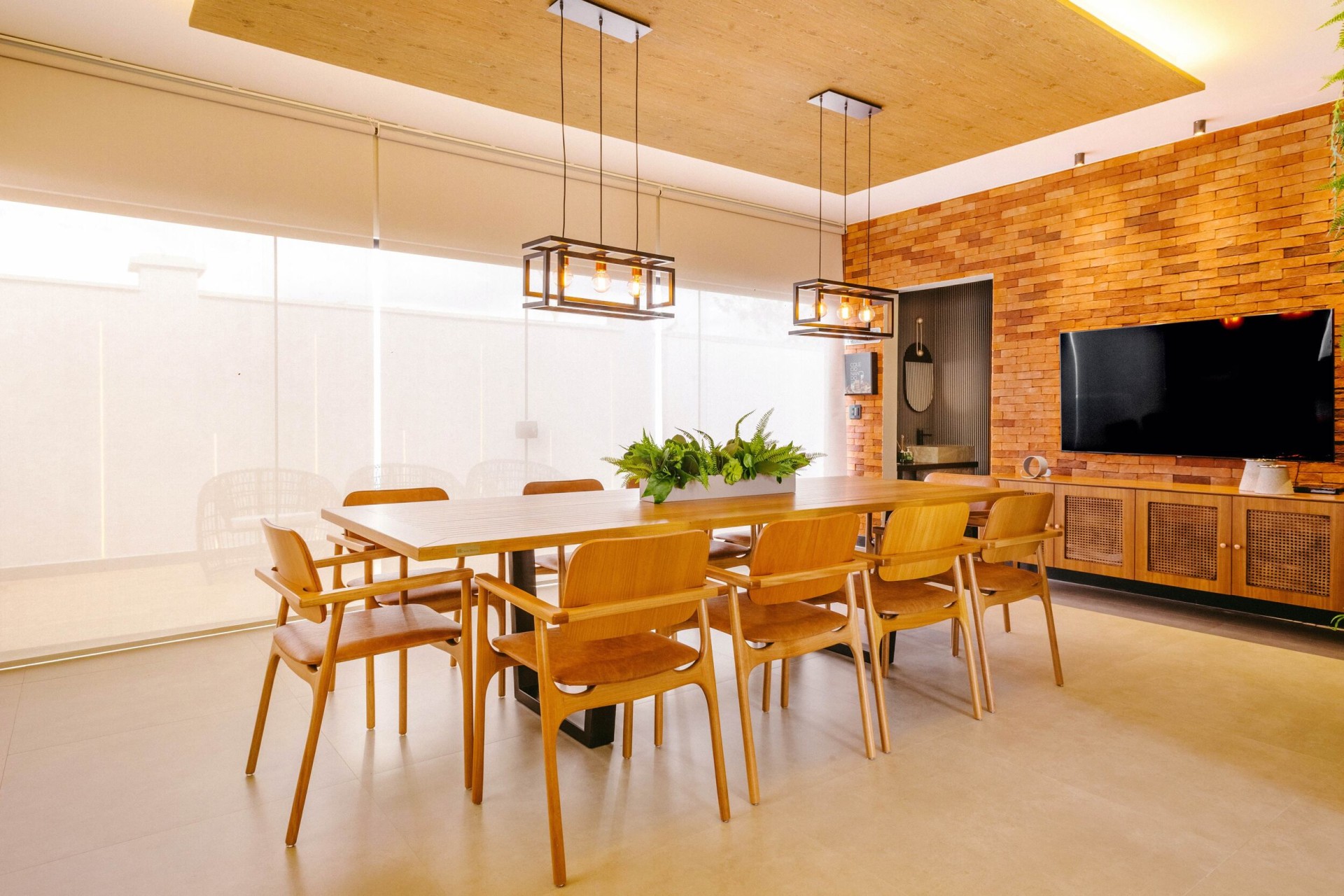Architecture
Architecture (lat. architecture from the ancient Greek αρχι - large, main, and the other part from the Greek τέκτων - builder, carpenter) is the art of designing and constructing buildings and structures (as well as their complexes). Architecture undoubtedly creates a materially organized environment necessary for people’s lives and activities in accordance with modern technical capabilities and aesthetic views of society. Architectural works are often considered to be cultural or political symbols, and works of art. Historical civilizations are characterized by their architectural achievements. Architecture enables the realization of the vital functions of society and also directs life processes. At the same time, architecture is created and shaped according to the capabilities and needs of people. At the same time, architecture is created and shaped according to people’s capabilities and needs.

Main areas of architecture
- design of buildings structures;
- urban planning;
- urbanism;
- landscape architecture;
- interior design;
- small-scale architecture.
Architecture as an art form
Architecture as an art form enters the sphere of spiritual culture, aesthetically shaping the environment in which a person lives and expressing social ideas in artistic images.
The historical development of society determines the functions and types of structures (buildings with organized interior space, structures and ensembles that form open spaces), technical structural systems and the artistic design of architectural structures.
According to the method of forming images, architecture is classified as an informal (tectonic) art form, which does not allow recognition of any real object, phenomenon, or action in images and uses signs addressed directly to associative mechanisms.




